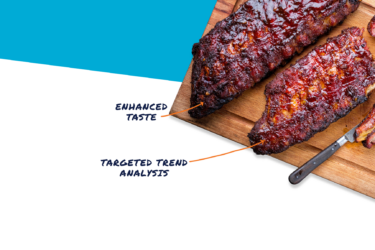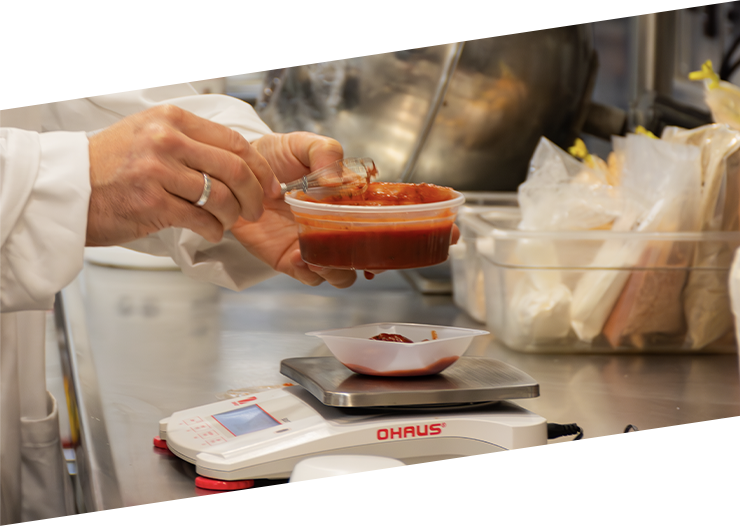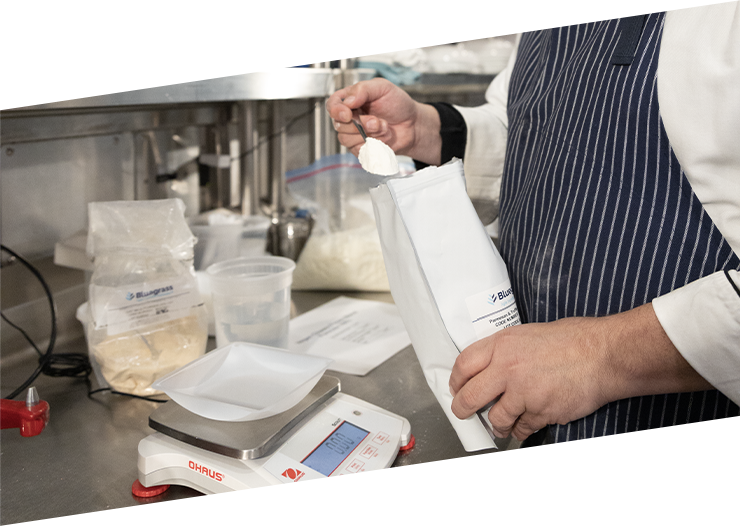
The 5 Most Important Food and Beverage Trends Heading Into 2024
Industry Trends, Ingredient Trends
We’ve perused 23 different 2024 trend reports from organizations.
Bluegrass Ingredients On-site Hiring Event | March 19 | Glasgow, KY.
We received an email this week from Mintel promoting its 2025 Trends webinar. This was the first of an expected flood of emails we’ll receive in the coming weeks, each detailing the trends that will dominate the food and beverage industry in 2025.
One of last year’s top trends was ube, a purple yam. To date, according to Innova Market Insights, there have been six new products introduced with ube in 2024. Last year there were eight. As product developers, how are we supposed to digest this information?
That’s the challenge with trend forecasting in today’s food industry. The answer to the ube question could be any of the three options above, but it will take years before we truly know. That’s why product development is hard. The amount and quality of data that R&D and marketing professionals have at their disposal has never been greater. But which data do you trust when you’re making a multi-million-dollar decision on the next flavor of potato chip you develop?
There’s no easy answer, but Bluegrass Ingredients has developed a collaborative system, Agile Ingredient Innovation, that looks at various sources for inspiration, critically assesses them and strategically leverages them. Here’s a breakdown of how we analyze three key sources collaboratively with our customers:

Ingredient Trend predictions start arriving in fall and drop in a steady stream until the end of the year. These trends offer a consolidated view of predicted popular ingredient trends in the coming year.
On the positive side, these trends provide a great starting point for innovation conversations. On the negative side, there is often an aspirational “vibe” with these trends that don’t necessarily match with what’s actually selling in the marketplace. Case in point: ube. Also, consumers often express a desire for healthier options but may continue purchasing indulgent products like Oreos, leading to a disconnect between stated preferences and actual buying habits.
There’s also a timing issue. By the time these trends are published, and products are developed, the market may have moved on.
The Bluegrass Ingredients Take: We love ingredient trends, but we don’t base our decision making solely off these data points. They really are a great way to start conversations and gain behavioral insight into the directional thinking of the industry, but not necessarily specific targets or ingredients.

The rise of artificial intelligence has provided a variety of tools that assist companies in launching new products. The most interesting of these tools are those that capture current consumer conversations, sentiments and emerging topics, and distills them into new product suggestions.
We love these tools because they provide qualitative data that can reveal underlying consumer motivations and desires. They also do something humans can’t do: Take an incredible amount of data and refine it into meaningful trends. Similar to ingredient trends, however, there is a timing issue. These tools gather information about current conversations, and the new product development cycle has a hard time reacting fast enough to make an impact.
The Bluegrass Ingredients Take: One of the reasons we developed our Agile Ingredient Innovation model is the “timeliness” issue that limits both ingredient trends and social listening tools. Our goal is to partner with food manufacturers to ensure a shortened and efficient product development life cycle.

This data source reflects what consumers are truly buying, providing concrete data on market performance. It’s essential in the context of innovation because it provides an accurate portrayal of “winners” and “losers.” There is significant innovation to be found in analyzing the winners and developing new products that improve on or offer modifications that consumers will embrace.
The Bluegrass Ingredients Take: This data source will limit you in terms of moon-shot new product development, however, it may lead to incremental improvements of existing products, as well as plot a road map for future line extensions or flavor varieties.

No single source of innovation inspiration is “best,” or the only source you’ll need. Each source provides different insights that can lead to new product success. The optimal approach, and one we take through Agile Ingredient Innovation, is to integrate these sources to form a comprehensive view on new product development. Even better, partner with a company like Bluegrass Ingredients to provide the market insights for you.
Unfortunately, none of this works if it takes two years to get a product from concept to market. The world moves too quickly for traditional new product development timelines, which is why our innovation model stresses agility and speed.
Contact us to learn more about our Agile Ingredient Innovation Model and how we can collaborate on new products.